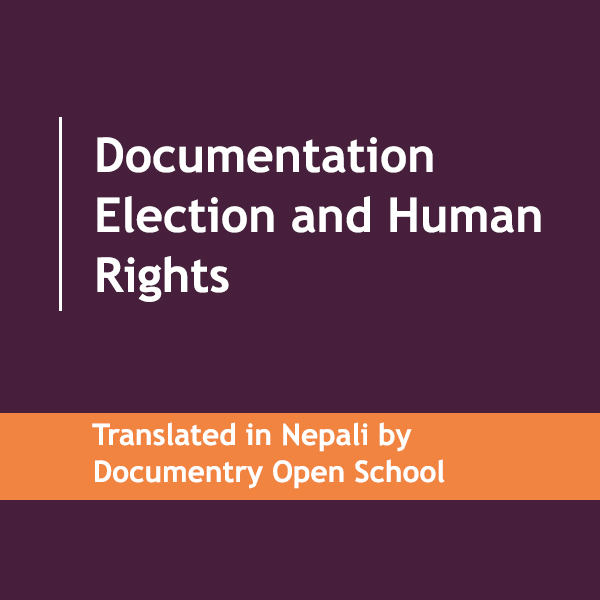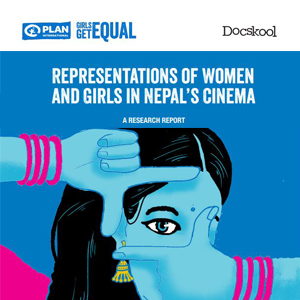Documentation Election and Human Rights
Video documentation election and human rights tip sheet by WITNESS.org This tip sheet provides information and guidance on safety measures to protect both the documenter and the subjects being filmed and how to effectively document human rights violations during elections. It advises assessing potential risks before filming and taking precautions such as using encrypted communication channels, anatomizing footage, or employing secure storage methods. Translated In Nepali By Documentary Open School



